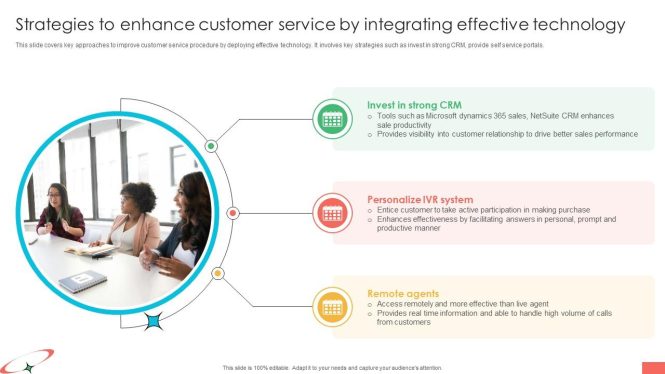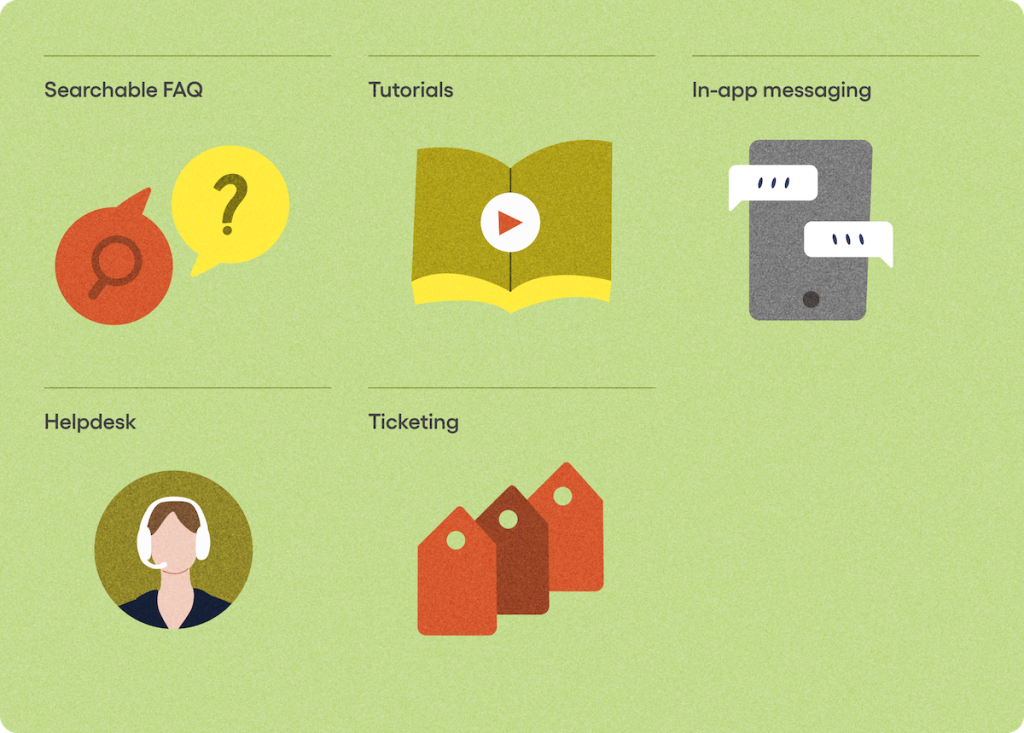

Strategies to Enhance Customer Service are crucial for any business aiming to thrive in the modern marketplace. A positive customer experience is no longer a luxury; it’s a necessity. Customer service is the face of your brand, directly influencing customer loyalty, reputation, and ultimately, your bottom line. Many businesses struggle with providing consistent, high-quality service due to inefficient processes, lack of employee training, or insufficient customer feedback mechanisms. This article will outline key strategies for effectively managing customer service, ultimately aiming to create positive, lasting customer relationships. We’ll explore everything from understanding customer needs to implementing robust systems, empowering employees, and constantly evaluating performance.
Understanding Customer Needs and Expectations
Identifying Key Customer Pain Points
Effective customer service begins with a deep understanding of your target audience. Conduct thorough market research to pinpoint common customer pain points. Analyze customer feedback surveys, online reviews, and social media interactions. Identify recurring issues, frustrations, or areas where customers feel underserved. For example, if customers consistently complain about long wait times on hold, it’s clear that the current call handling process needs improvement. Understanding these nuances is critical in crafting tailored solutions. You can also use customer journey maps to visually represent the steps customers take when interacting with your business. These tools will highlight potential friction points and areas where customers feel lost or ignored. By truly understanding your customers, you can effectively tailor your service offerings to meet their expectations and exceed their expectations.
Implementing a Robust Customer Service System
Streamlining Processes and Channels
Building an efficient customer service system is essential. A well-structured system will streamline communication and ensure timely responses. Consider implementing a CRM (Customer Relationship Management) system to manage customer interactions, track issues, and personalize service. A robust system will improve operational efficiency and customer experience through automation. Integrate your different communication channels (phone, email, chat) and ensure seamless transitions between them. An integrated system will allow your employees to access customer history and previous interactions, enabling more informed and personalized interactions.
Consider using chatbots to handle routine inquiries, freeing up your human agents to address more complex issues. For example, a travel agency might use chatbots to answer basic questions about flight schedules or hotel availability, while agents handle more complex requests like booking cancellations or special requests. These streamlined operations create an improved customer experience by shortening response times and improving issue resolution.
Empowering Employees
Providing Comprehensive Training and Support
Your employees are the front line of customer service. Providing them with the necessary tools and training to deliver excellent service is essential. Comprehensive training programs that cover product knowledge, effective communication techniques, conflict resolution strategies, and problem-solving approaches are crucial. For example, in a retail setting, comprehensive training in product knowledge empowers employees to answer customer questions effectively, leading to increased customer satisfaction. Regular feedback sessions and performance reviews can further improve employee engagement and understanding of company standards. Also, empowering employees with decision-making authority can boost efficiency and responsiveness. Giving agents the authority to solve problems quickly without involving management can drastically improve response times and customer satisfaction.
Measuring and Evaluating Performance
Utilizing Key Performance Indicators (KPIs)
Consistent monitoring and evaluation of customer service performance are critical. Utilize key performance indicators (KPIs) such as customer satisfaction scores (CSAT), customer effort scores (CES), and first call resolution rates to measure effectiveness. This data provides valuable insights into areas requiring improvement. For example, if your CES scores are consistently high, it indicates that customers are finding it difficult to get their issues resolved quickly. Implementing a feedback mechanism for your team will allow you to gather employee perspectives on processes and challenges they face. Analyze these metrics to identify trends and develop targeted strategies. Regularly reviewing and adapting strategies based on data is key to maximizing efficiency and customer satisfaction.
Continuous Improvement and Adaptation
Staying Ahead of Industry Trends
The world of customer service is constantly evolving. Staying ahead of industry trends is essential for maintaining a competitive edge. Monitor industry best practices and adapt strategies accordingly. This includes embracing new technologies, like AI-powered chatbots or virtual assistants. For example, a financial institution might leverage AI chatbots to answer basic investment questions, freeing up human advisors to focus on more complex financial planning needs. Continuously collecting and analyzing customer feedback allows businesses to refine service processes and adapt to changing customer expectations.
Frequently Asked Questions
What are the most important KPIs for monitoring customer service performance?
Monitoring customer service performance requires attention to several Key Performance Indicators (KPIs). These indicators include Customer Satisfaction Scores (CSAT), which measure customer happiness with the service received; Customer Effort Score (CES), which gauges the ease of doing business with your company; and First Call Resolution (FCR), which measures the percentage of customer issues resolved during the initial contact. Tracking these metrics helps identify areas where improvements are needed. Analyzing trends in these KPIs helps pinpoint patterns and make data-driven decisions for service enhancements.
How can businesses effectively leverage technology to improve customer service strategies?
Technology plays a crucial role in modernizing and streamlining customer service operations. Utilizing CRM (Customer Relationship Management) software helps businesses manage customer interactions and track issue resolution more efficiently. Implementing chatbot technology can automate routine inquiries and handle customer issues promptly, enabling human agents to focus on complex problems and build personalized relationships. Furthermore, social media monitoring tools allow businesses to track mentions and public opinions, enabling proactive responses to issues and timely resolution.
In conclusion, enhancing customer service through effective management is not just about implementing strategies; it’s about fostering a culture of continuous improvement and responsiveness. By understanding customer needs, implementing a robust system, empowering employees, and constantly evaluating performance, businesses can create a positive customer experience that drives loyalty and profitability. This commitment to customer-centric strategies is essential for long-term success in today’s competitive market. Implement the steps outlined above and watch your customer service soar! Contact us for a complimentary consultation to tailor a strategy specifically for your business.